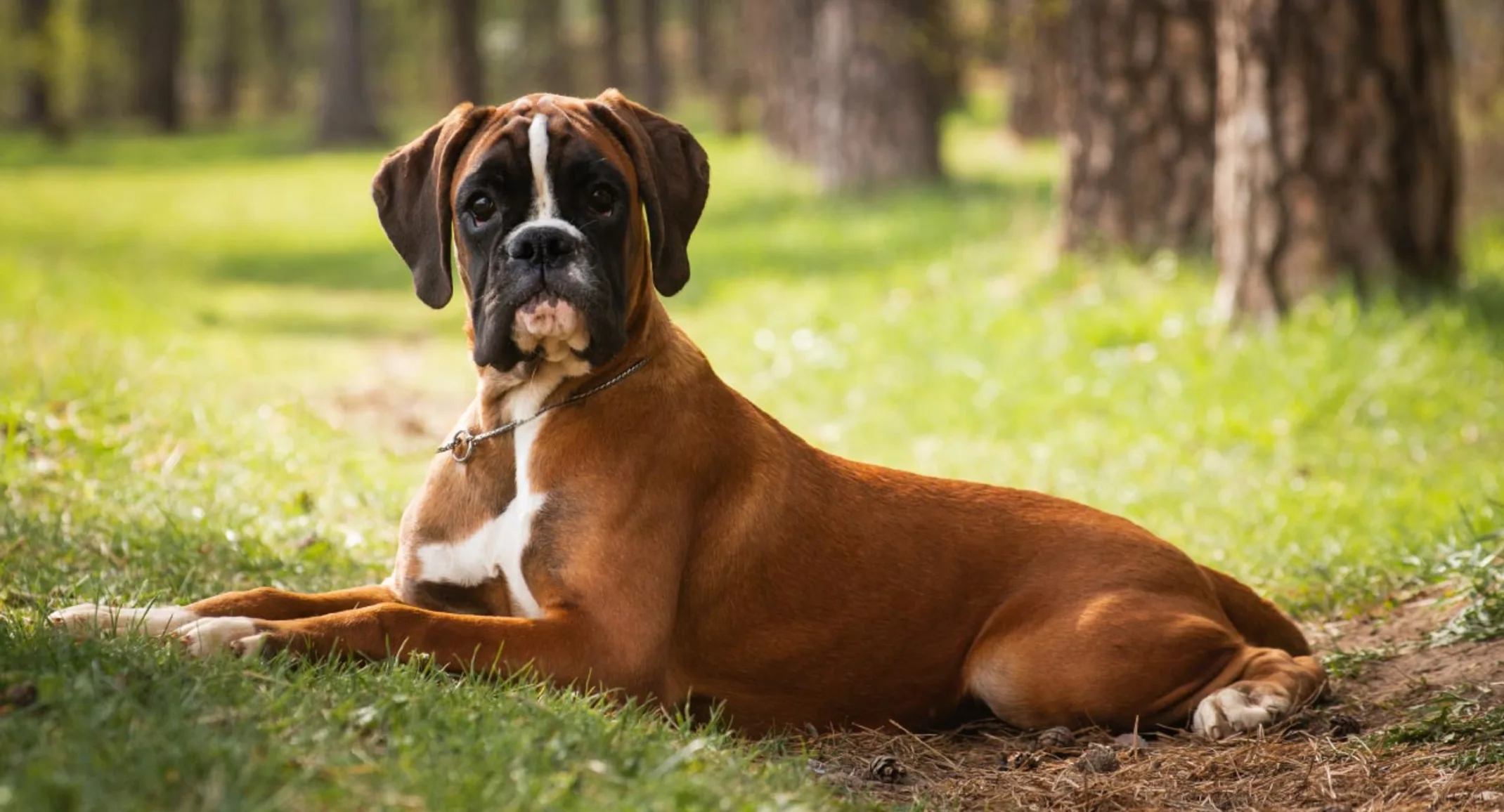Cholecalciferol – A Different Rodenticide Toxicity
Toxic Substances

CAUTION
This is one of the most dangerous mouse and rat poisons on the market. Cholecalciferol, or activated vitamin D3, causes a life-threateningly high calcium and phosphorus level in the body, resulting in severe, acute kidney failure, cardiovascular abnormalities, and tissue mineralization. This can progress to life-threatening disease. Even though this is a vitamin, it is toxic to dogs, cats, and children as well as rodents. Human vitamin D3 supplements taken at high enough doses are also toxic via this same mechanism.
Clinical Signs
Signs typically begin 12-24 hours after ingestion and may be non-specific at the onset. While the renal system is often most acutely affected, eventually the cardiac, pulmonary GI and CNS systems may be as well.
0-24 hours: Increased thirst and urination, hypercalcemia, hyperphosphatemia
12-48 hours: Anorexia, vomiting, weakness, lethargy, melena (black stool with digested blood)
2-4 days: Acute kidney failure
3-5 days: Depression, frank bloody diarrhea, hematuria, prominent bradycardia, death
There is no antidote for cholecalciferol mouse and rat poison and. This is one of the most challenging poisoning cases to treat. Prolonged hospitalization and frequent laboratory monitoring are required. For recent ingestions (within a few hours), aggressive decontamination with emesis (induced vomiting) and repeated doses of activated charcoal are recommended. For patients who are already symptomatic, treatment includes aggressive IV fluids and specific drugs (e.g., diuretics, steroids, calcitonin and bisphosphonates) to decrease calcium levels in the body. It is vital to bring the calcium level down as quickly as possible to avoid permanent tissue mineralization and organ damage. Frequent monitoring of blood work (calcium, phosphorus, and kidney values) is needed on a daily basis during treatment and for a period of at least 2-6 weeks after ingestion. Unfortunately, cholecalciferol has a very narrow margin of safety, which means that ingestion of even a small amount of this poison can result in severe clinical signs or death. Toxic ingestions must be treated quickly and appropriately to prevent kidney failure and tissue mineralization. Poisoned patients will require ongoing therapy for months even after they are discharged from the hospital. Products are Vitamin D3 (Cholecalciferol) marketed in 0.075% concentration (e.g., Quintox®, Rampage®) as pellets, grain mixes, place packs or bait blocks. Toxicity develops with very small amounts ingested (approximately 1 tbsp of bait for a 40 lb dog). Human vitamin D3 supplements (both prescription strength and over-the-counter) are also toxic at high doses. If you think your pet may have ingested cholecalciferol bait or vitamin D3 please seek treatment immediately.
